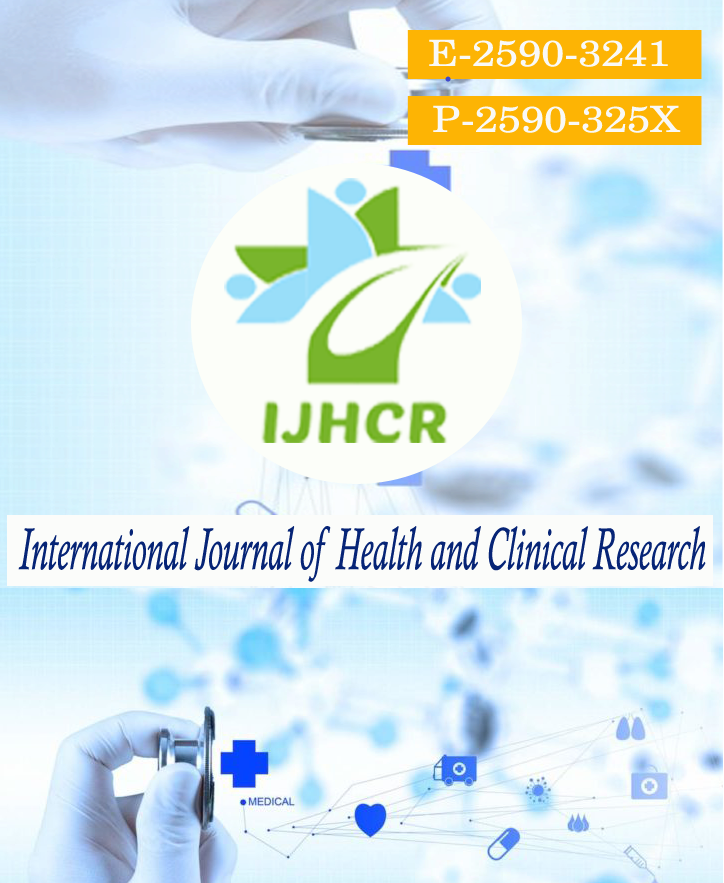A Prospective Study of Urinary Tract Infections in Malnourished Children in a Tertiary Care Hospital
Keywords:
Urinary tract infection, MAM, SAM, WHO.Abstract
Introduction: Urinary tract infection was reported as the major cause of health-related morbidity among the children in various studies. The most common presenting signs and symptoms are unexplained fever, nausea, vomiting and also diarrhea and failure to thrive among infants.1 However, among older children, these signs and symptoms are coupled with increased frequency of micturition and sometimes presents with nocturnal enuresis as the associated common presenting signs and symptoms. Materials and Methods: This was a descriptive study done on 180 children of age 6 months to 5 years, attending in outpatient department of Viswabharathi Medical College, Kurnool from June 2017 to June 2020. After taking informed consent from the parents, children were enrolled in the study according to the anthropometric measurements, nutritional status and the inclusion criteria. Inclusion criteria were children of both moderate acute malnutrition (MAM) and severe acute malnutrition (SAM), according to WHO criteria and were included both symptomatic and asymptomatic cases also. Children with congenital anomalies in genitourinary tract, obstructive uropathy, renal problems, patients on steroids, immunodeficiency disorder, and HIV infection were excluded. Baseline demographic data format and clinical history were noted. General examination and systemic examination were done in detail in all children. Results: Total of 174 cases was present after exclusion. Of 174 children, 27 (15.5%) children were having UTI. In this study, 37% of children are asymptomatic. E. coli is the commonest organism causing UTI 16 (59%). Other organism are Klebsiella pneumonia 4 (14.9%), Proteus mirabilis 3 (11.1%), and Pseudomonas 3 (11.1%). The order of antimicrobial sensitivity pattern was amikacin (100%)> ciprofloxacin (81.4%)> cefotaxime (7%). Other common drugs have developed resistance to these organisms. Conclusion: The findings of the study conclude that the prevalence rate of UTI is higher in malnutrition children. The most common bacterial isolate from urine culture was E.coli. The most sensitive antimicrobial agents to these organisms are amikacin, ciprofloxacin. These observations have formed the basis for the current diagnostic and therapeutic guidelines for clinicians who are managing children with complicated MAM and SAM.
Keywords: Urinary tract infection, MAM, SAM, WHO.






 All articles published in International Journal of Health and Clinical Research are licensed under a
All articles published in International Journal of Health and Clinical Research are licensed under a 